Diabetes Symptoms For Noobs – My Type 1 Diabetes Symptoms & Diagnosis Story
Diabetes Symptoms: Dramatic Weight Loss, Blurry Vision, And UnQuenchable Thirst…Oh My!
I’m not sure why you’ve landed on an article about Type 1 diabetes symptoms—or any other flavor of diabetes for that matter—but I’m guessing it’s likely for at least one of three reasons.
- You’re trying to figure out what might be going wrong with your body because you’re experiencing some crazy symptoms of…something?
- You or someone close to you has been diagnosed with diabetes and you’re looking to understand more.
- Empathy is big in your world, so you simply want to understand more about diabetes. Especially considering some form of diabetes will affect more than 1 in 3 Americans.
This site participates in the Amazon Services LLC Associates Program and other affiliate programs and may earn from qualifying purchases. You’re never charged more, but it helps out little by little! Check out “Privacy” in the top menu if you need to know more!
Good on you if you’re the latter, and just looking to flex your empathy muscles. Sorry if it’s either 1 or 2, since that’s scary stuff. Obviously, I’ve been there. Getting diagnosed with diabetes, regardless of whether it’s Type 1 or Type 2 diabetes, or any other flavor, is overwhelming, confusing, and exhausting to say the least. And the symptoms can be brutal and sometimes fatal if not understood and curbed early.
Just Here To Help…
This is just part of my story, put out into the aether to help you and others understand not just about Type 1 diabetes, but a little more about me if you’re interested. Hope this helps you, or someone you know that might benefit from the deep dive.
Side note, this isn’t just about my actual diabetes symptoms. This is also about how my mind reacted, and thus some of my actions taken—or not taken, as things were going sideways. I think this is really important, as we tend to make excuses and bad judgments at times when there are some pretty clear indications we should be paying attention to.
In hindsight, I should have been much more concerned than I was, and those around me probably should have been pressing me harder to seek help. Live and learn. (Here’s another article about everything I learned over the next month after diagnosis…)
RELATED: Gifts For Diabetic Travelers—Essential & Unexpected
Join the email list to stay in the loop on new releases!
Also, again, this is my story. Please, look up articles from actual doctors and other medical sources for the real-deal, medical explanations of all of these things. I hope this layman’s version helps though!
READ NEXT: Gifts For Diabetic Travelers—Essential Travel Items & Unexpected Gifts
What Do You Want To Be When You “Grow Up?” — Be Encourageous.
Diabetes 101: An Important Primer Before We Get Started
I guess the best place to start is to make sure you understand the basics of diabetes. The symptoms of diabetes are one thing, but the why of the symptoms is another. So here goes.
Forgive me if this isn’t like 100% doctor speak…because…ummm…I’m not a doctor. Actually, I’m gonna dial it down a lot here and generalize big time, just so you understand the basics and how diabetes generally works.
Diabetes is a disease where the body has an insulin problem. The pancreas is where insulin is produced by beta cells. When we eat, our body sends out a message to the pancreas that it needs some insulin to help cells in the body accept the glucose carried in the broken-down food.
The pancreas puts out insulin into the body which kind of knocks on the door of cells so that the cells will let the food/glucose in. Insulin facilitates the relationship, then the cells accept the glucose and the rest of the energy-production process goes from there.
Connect & Share This Article
Type 2 Diabetes…
Type 2 diabetes is where the cells are kind of reluctant to listen to the insulin that’s knocking, so more insulin is needed to make that conversation work. The pancreas is still making insulin, but the cells just don’t want to listen to the amount the body naturally puts out. While most type 2 diabetics aren’t “insulin-dependent,” they may have to give themselves insulin or other drugs to help the body function correctly. This is often a result of lifestyle choices, genetics, and other reasons.
Type 1 Diabetes…
Type 1 Diabetes is an autoimmune disease where the body has started attacking and killing off the insulin-producing beta cells in the pancreas so that the body is no longer producing needed amounts—or even any amount—of insulin. And our bodies don’t produce more beta cells when they’re reduced or gone.
Therefore a Type 1 diabetic is “insulin-dependent” and literally has to give themselves specific amounts of insulin, depending on the amount and types of foods ingested, to make the cells of the body accept the glucose in food. 24/7/365, if a Type 1 diabetic isn’t administering to themselves the right amounts of insulin, complications are likely.
Diabetes symptoms are similar in all forms of diabetes, not just Type 1 diabetes or Type 2 diabetes.
READ NEXT: More Articles About Type 1 Diabetes & My Experiences
I just got diagnosed with Diabetes and I’m FREAKING OUT!
Diabetes Symptoms For Noobs – My Type 1 Diabetes Symptoms & Diagnosis Story
Travel Medical Insurance, Pre-Existing Conditions, & Type 1 Diabetes
Getting Started: My Quick Backstory Leading Up To My Type 1 Diabetes Symptoms & Diagnosis
Really quickly, I just want to give some backstory on me so you can understand what I was working with when my Type 1 diabetes symptoms started. I’ve always been fairly to very fit and in my “proper” weight range. Hiking and exercising regularly and eating a mostly vegetarian diet for the past ten years or so. I have hypertrophic cardiomyopathy in my heart, diagnosed about 30 years earlier than most men are diagnosed, so that has had me paying attention since my late 20s.
I wasn’t diagnosed with Type 1 diabetes until my 42nd year on earth. Which is something that comes as a bit of a shock to most. Especially since Type 1 diabetes was kind of founded with the misnomer of “juvenile diabetes.” Since my diagnosis, this is one of the things I’m very likely to explain to those seeking knowledge as a misconception that we need to eradicate.
While Type 1 diabetes is more prevalent in juveniles, it’s an autoimmune disease that can afflict anyone at any time, and doctors aren’t really sure what the cause is. The body just seems to gets triggered one day and starts attacking the cells in the pancreas that make insulin. And once those cells are gone, the body can’t make more.
Hence someone with Type 1 diabetes is an “insulin-dependent diabetic.” They’ll have to give themselves insulin 24/7/365 to allow their body to process food and glucose correctly.
So there’s my backstory; active, fairly healthy eater with very little on the medical front to write home about. Well, other than the heart thing, which is really just a maintenance issue at this point until it becomes more of an issue.
How Quickly Did My Type 1 Diabetes Symptoms Onset?
The following symptoms all hit and climaxed within about 30-40 days. That may seem like a long time as you’re reading these words. In reality, for the amount of variation and upheaval they created, it’s a fairly short stint. It’s hard to tell at exactly what point my body started attacking itself and my pancreas stopped functioning correctly.
That said, based on physicals and blood tests that were done less than six months before, it was probably within about 6-8 weeks before being diagnosed where sh*t started hitting the fan.
Connect & Share This Article
My Type 1 Diabetes Symptom 1: Thirst. Like Unquenchable, Hook Me Up To A Gallon Of Water And Keep It Coming, Thirst.
Our bodies are made of a lot of water; over 50% depending on the individual, their age, etc. One of the ways that the body tries to balance things when there’s too much glucose in the bloodstream is to ask for more water to kind of offset the excess. Totally makes sense to me now, but it didn’t really until recently when my Endocrinologist explained it to me.
Essentially, when there’s too much glucose and the body doesn’t have insulin to get that glucose into the cells, it stays in the bloodstream. The body then asks for more water to “water down” the amount of glucose and help flush out glucose in the urine, etc. This is good in concept, but it doesn’t actually work. It just helps a little.
Within the 30-40 days before diagnosis, I was drinking somewhere between 1-2 gallons of water or liquid a day. All day and night. I would literally wake up in the middle of the night to pee, then chug 12-24oz of water and go back to bed, only to be getting up in an hour or two and repeating. Unquenchable. This process unfortunately happens to take high amounts of sodium and potassium salts away with every bathroom run, which leads to other issues.
READ NEXT: Gifts For Diabetic Travelers—Essential & Unexpected
Ignoring Diabetes Symptoms Can Be A Serious Error
My very dangerous error, which could have cost me big time (we’re talking death here…) is that I decided to buy a bunch of terrible liquids during this time. Since drinking a gallon or two of water a day was getting kind of old, I went to the store and bought what I thought were some decent tasty drinks.
Kombuchas, Acai Berry drinks, Orange Juice, etc., and started chugging those half the time instead of water. As a person who has never had to worry much about the sugar content in things, I didn’t realize that all of these had ridiculous amounts of sugar in them.
So in addition to the fact that my body was getting worse and worse at processing sugar/glucose, I was pumping it full of more and more sugar than usual.
Trying to do what I thought was needed—quenching my thirst—was doing exactly the opposite; causing my body to have more glucose in it without processing…making me evermore thirsty.
Why Is High Blood Sugar (Hyperglycemia) So Bad? Diabetic Ketoacidosis…And How Deadly It Can Be
Right now you might be like “so you have a lot of sugar in your blood and you’re thirsty…doesn’t sound too bad?” To that, I understand completely. But having blood with too much glucose—called hyperglycemia—in it for too long is extremely dangerous. It can cause a condition called Diabetic Ketoacidosis which can lead to a diabetic coma and possibly death. It’s a direct result of blood sugar being too high for too long.
See, the side effect of the cells of the body not accepting the glucose in for processing is that the body is not producing/getting energy. (We’ll get to the tiredness symptom next…and the exhaustion due to no energy…) Glucose is literally broken down into energy in the cells.
But if that breakdown isn’t occurring, for instance in an undiagnosed Type 1 diabetic where the pancreas isn’t creating enough insulin, then the body resorts to other measures.
One of those measures is that the body will start breaking down fat stores in the body into energy. Unfortunately, this has a nasty side effect of creating ketones…or ketoacids…in the body, which are essentially toxic acids.
Too many ketones (toxic acids) in the body can result in Diabetic Ketoacidosis (DKA) or a diabetic coma. This is in addition to a list of other nasty side effects like abdominal pain, confusion, fatigue, nausea, vomiting, weight loss, and more. Anyone can get ketone strips and pee on them at home to see if the body has high ketone levels, but only if they know that they should be looking for them! And if you’ve never even heard the word “ketone…” it’s unlikely you’d be looking for them!
Join the email list to stay in the loop on new releases!
My Type 1 Diabetes Symptom 2: Cottonmouth
Maybe you’ve experienced this, or at least seen someone that was…lets say…visibly parched. White chalky residue forms around the edges of the mouth and it’s so dry it’s almost impossible to talk. Cottonmouth.
This little side effect of the thirst hit me many times when I was mountain biking during those 30-40 days. I remember stopping with the group and not being able to talk and thinking “What the heck…this has never happened to me before.” Now I know.
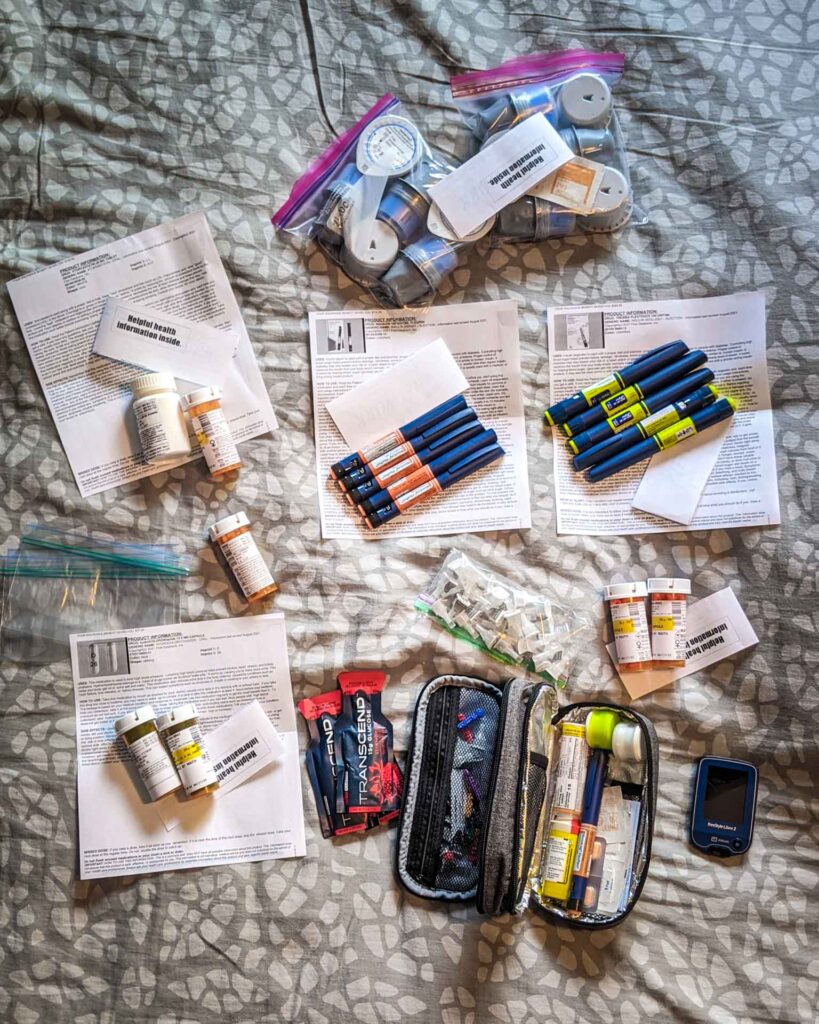
And you might be thinking that this logically goes hand in hand with being thirsty, but it still doesn’t quite make sense when you’re chugging 1-2 gallons of water a day! Right!?
READ NEXT: I just got diagnosed with Diabetes and I’m FREAKING OUT!
The Prettiest F*cking Sintra, Portugal Travel Guide You’ve Ever Seen
What The Heck Is The Schengen Zone? How to Travel Europe For Months On End
My Type 1 Diabetes Symptom 3: Exhaustion
We’ve already covered the fact that the body needs energy from glucose. So it’s safe to say that a lack of energy rightfully leads to tiredness or exhaustion. To recap, an undiagnosed diabetic with high blood sugar essentially isn’t processing energy correctly, thus potentially breaking down…or cannibalizing…fat stores in the body to attempt to make up for the energy needed.
Side note, your brain also needs glucose and energy to function. The opposite of hyperglycemia (high blood glucose levels) is hypoglycemia (low blood glucose).
Among other nasty things, when blood glucose is too low, the brain gets more and more sluggish and slow. This results in slurred speech and what might start to look like drunkenness to an onlooker. But it can be extremely dangerous to the one suffering from it.
The exhaustion for me was odd though. Because I didn’t really know anything was wrong, I was just altogether feeling lazy and sluggish. Typically active, I would just bow out of hikes because I didn’t feel motivated to do them. And even if I napped…like 2-4 times a day…I was still just tired all the time.
My Type 1 Diabetes Symptom 4: Extreme Weight Loss — And Not The Good Kind
You’re probably saying to yourself the same thing I told myself during the first 15 days or so of my weight loss. “What’s wrong with being able to lose some weight? It’s always so hard to lose weight!” Preach my friend. That’s literally what I told my friend during the first couple of weeks of my weight loss.
RELATED: Gifts For Diabetic Travelers—Essential & Unexpected
“Man, I’ve been eating a lot and drinking like crazy, with no other real changes to my life. And I’m finally losing weight! It’s awesome!” But eventually I realized that this weight loss was neither healthy nor in any way a good thing.
I’ve hovered around 160-165lbs for over 20 years. Within 40 days I dropped 21lbs, going from 165lbs to 144lbs. After diagnosis, a friend told me “yeah man, you looked like death.” (Again…things you could have told me yesterday!?)
I’ll Have Some Sugar Please…With A Side Of Sugar…
With the ridiculously sugary drinks and massive amounts of ice cream I was consuming, it really made no sense why I was dropping a pound every two days. Understand, I really, really like ice cream. My friends in high school used to marvel at how I could house a 16-24oz milkshake in less than a minute with no brain freeze. Skillz with a “z” my friend.
During my lead-up to diagnosis, I went on vacation with some friends to northern Michigan and we found this mom-and-pop ice cream shop that had a 32oz milkshake they called “Cowabunga-sized.” I had three that week…and that’s not counting the half-gallon of ice cream I ate…by myself…in the evenings while chilling in our rental. Hey, I was on vacation! Again, just compounding the danger zone with all of this gluttony.
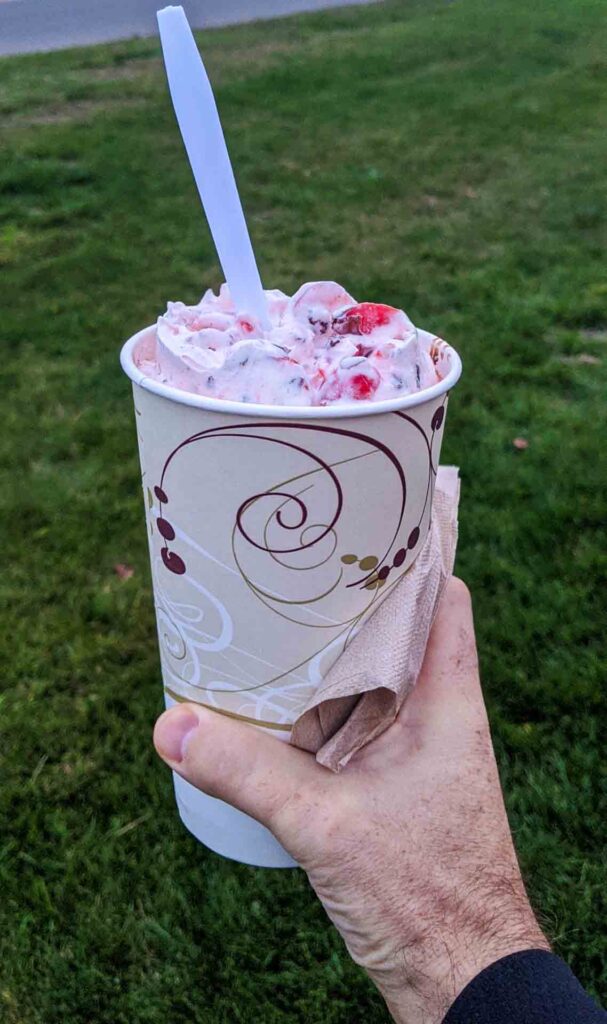
READ NEXT: Gifts For Diabetic Travelers—Essential Travel Items & Unexpected Gifts
Books for Inspiration, Motivation, & Generally Slaying it at Adulting
My Type 1 Diabetes Symptom 5: Really, Really Jacked Up Vision
Fun fact. Even though the body is made up of a huge percentage of water, it can be thrown out of whack in really weird ways when that high percentage is thrown off balance. Enter my very expensive and frustrating 3-week battle with what was…and is now again…perfect vision.
Over 2-3 weeks, my vision went from perfect to near sighted…to far sighted…and back and forth a few times.
I got LASIK surgery over 15 years ago and my vision has been pretty much perfect since then. Even with the lack of follow-ups and never going to an eye doctor over that time. But they do say there’s a time when the positive effects from that surgery would decline. So when my vision took a huge dive during my 30-40 day onslaught of diabetes symptoms, I just assumed it was natural.
It was so bad that I went from being able to read 2-inch type 100 feet away to not being able to read 2-inch type 20 feet away. Then a few days later I could read the far stuff but not the close stuff…then it switched again…and again.
So I went to an eye doctor. I told them about all of the weird symptoms I had been having, including weight loss, unquenchable thirst, exhaustion, etc. But even with all of that, they said it’s probably just “getting old.” Then they set me up with a very expensive prescription. I dropped a few hundred dollars on glasses the next day to no avail.
When you have too much water in your body, it spreads out…even into your eyeballs. Essentially, I was hyperglycemic (high blood sugar) and pumping tons of fluids in my body.
The lenses in my eyes were swelling and distorting causing my vision to fluctuate. This issue subsided completely—literally within days—once I was diagnosed and got my blood glucose levels under control.
Connect & Share This Article
My Type 1 Diabetes Symptom 6: Headaches And Irritability
The headaches were sometimes really bad. But then other days they were non-existent. So as we do, I would take some headache pills when they were bad and not be concerned about them otherwise. Now I’m well aware that when my blood glucose levels go high (which they still do often), I’m likely to get a headache and be a little off-tilt for a while.
And when glucose levels in the body are increasingly above or below the healthy range of around 80-130mg/dl, irritability, headaches, depression, fatigue and other less-than-stellar side effects creep in.
Combine that with the reality of a diagnosed Type 1 diabetic needing to be “on” at all times while managing their condition 24/7/365, and the overwhelm can be…overwhelming? Essentially, Type 1 diabetics are charged with calculating literally every decision they make—with food, exercise, routine, etc.—and how it will affect their blood sugar and diabetes. I guess that could make anyone a little irritable?
Ignoring The Obvious Before It Was Almost Too Late
There you go. That was the culmination of my 30-40 days of diabetes symptoms leading up to my Type 1 diabetes diagnosis. And to be clear, I was diagnosed and assumed by my primary care physician to be a Type 2 diabetic.
It wasn’t until two weeks later, when I saw a specialist and was confirmed Type 1, that we started treating my condition properly. (No, I no longer see said primary care physician, as they openly admitted that they overlooked signs that they should have seen. #notbitter)
The crazy thing is how I was able to dismiss so many of these compounding symptoms for so long until coming to terms with the reality that I was likely diabetic.
And even once the writing was on the wall, not choosing immediately to do the homework to understand what was needed to ensure my health and safety.
In the last week before being diagnosed—even though at that point I “knew” it was diabetes—I continued to eat and drink ridiculous amounts of sugar. I’m a grown-ass adult, but for some reason, I treated this like a child would; simply ignoring reality. Like if I ignored it, everything would be fine.
Continuing To Ignore The Diabetes Symptoms
Two days before my doctor appointment, on my way back to NC, I bought a large mocha and a large milkshake at 10 am to start my drive south. My doctor appointment was scheduled at that point, and I had told my close friends that I was pretty sure it was diabetes. WT actual F?
My endocrinologist confirmed that my A1C was 13—that’s the measure of the glucose in the blood over the past three months; healthy is around the 5-5.5 range.
He said he was surprised that I didn’t arrive in an ambulance. Essentially telling me that I should have ended up in a diabetic coma from the high blood sugar over the extended amount of time. Wow.
Connect & Share This Article
I say this so that you can understand how irrational we fickle humans can be, especially in the face of overwhelm and life-altering revelations. Sometimes our brains just don’t want to listen to reason or reality, which can be extremely dangerous.
Take this to heart not only with yourself but with family and friends. If something seems off, ask questions and dig deeper, please.
The Takeaways
I tell my story because I hope it helps you and others have some understanding of what millions of living, breathing humans around us are dealing with. I think that if we could all understand more of the unseen things that others are dealing with, we would be better and more kind to each other. We need more empathy in our world.
But also, I was just monumentally ignorant to what Type 1, 2, or other forms of diabetes actually are before my diagnosis. Even with those words being thrown around on TV and in the world on a daily basis, I had made it over 40 years without doing a little bit of homework to understand something that affects over 1/3 of people.
That’s just bad form.
I hope you never have to deal with diabetes symptoms or diagnosis personally, but the numbers aren’t exactly optimistic on that front. If not you, someone you love likely will deal with diabetes. This article only talks about my symptoms and some of the lead-up.
Yes, there are more possible symptoms. And we didn’t even get into the exhaustion of living with this condition daily, even with the fantastic advances in medical science and technology that make it a little easier.
Thanks For Being A Kind Human…
Go forth smarter and more able to be caring towards those around you. Pay more attention to symptoms in yourself or others. Ask questions instead of making assumptions. Let someone know that you care by continuing to educate yourself on things that don’t directly affect you.
When you experience someone being a grump or having a bad day, realize that there may be a lot of overwhelm under the surface that goes unseen.
And if you’re new to diabetes…know that you’ve got this. And that you can (and should) reach out to me at any time if you need to be reminded of the fact that…you’ve got this.
Cheers! (Oh…And don’t forget to share this with someone that might need to read it!)
-Jason
RELATED: Gifts For Diabetic Travelers—Essential & Unexpected
Books for Inspiration, Motivation, & Generally Slaying it at Adulting
Connect & Share This Article
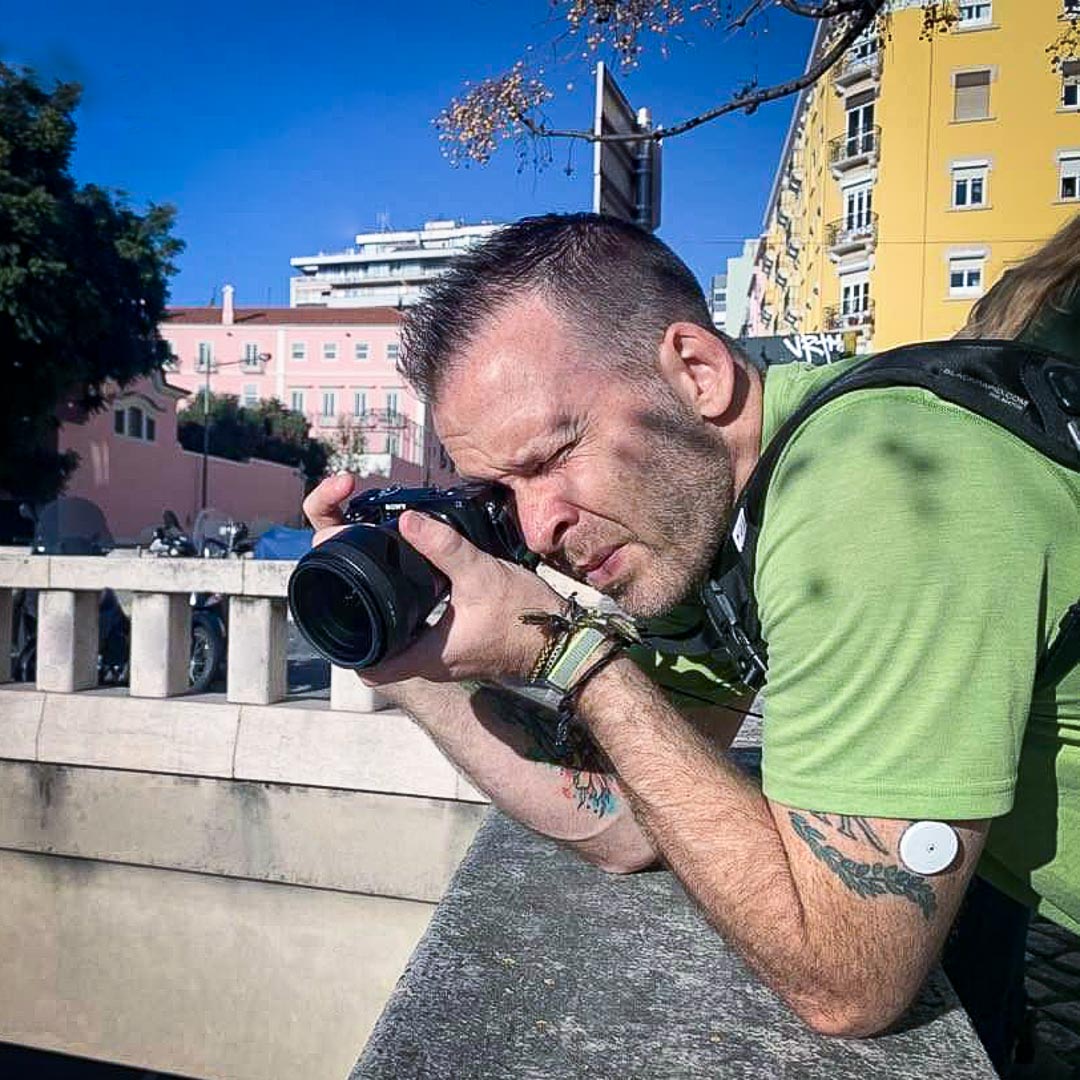

About Jason Robinson
Jason is the author of “The Beginner Traveler’s Guide To Going Nomad,” as well as the voice behind the words and the eye behind the lens for The Nomad Experiment. “Planning to travel at some point” wasn’t actually getting the job done, so nearing 40 he decided to make it a priority, nomatter how scary that was. A few years later—through the pandemic and a type 1 diabetes diagnosis at age 42—now living a life of nomadic travel, he’s speaking out to encourage others of any age, or with any serious medical diagnosis, to live an unconventional life.
READ NEXT: More Articles About Type 1 Diabetes & My Experiences
I just got diagnosed with Diabetes and I’m FREAKING OUT!
Diabetes Symptoms For Noobs – My Type 1 Diabetes Symptoms & Diagnosis Story
Travel Medical Insurance, Pre-Existing Conditions, & Type 1 Diabetes
Travel Planning Tips
Figure out where you are going & how are you getting there…
I suggest using at least 2 to 3 different travel search sites. Start with Skyscanner or Orbitz or Booking …or whatever aggregator site you prefer. Then when you see what airlines to use, check their respective sites for better deals or rewards flights.
Figure out where you’re going to stay…
If you’re interested in hostels, search Hostelworld or Hostelling International. For longer-term or more private digs, look at Airbnb, VRBO, or you can look for hotel rooms in the links from the search engines listed above.
Get comprehensive travel insurance, or in the least, travel medical insurance if internationally…
Especially with Covid not going anywhere, get covered. Start with an insurance aggregator like Insure My Trip, or with SafetyWing, World Nomads, or another. Then decide what is important to you; trip cancellation, baggage coverage, medical, or all of the above. And get a yearly evacuation plan, since you’ll have to get home after your emergency!
Need more resources? Click here!


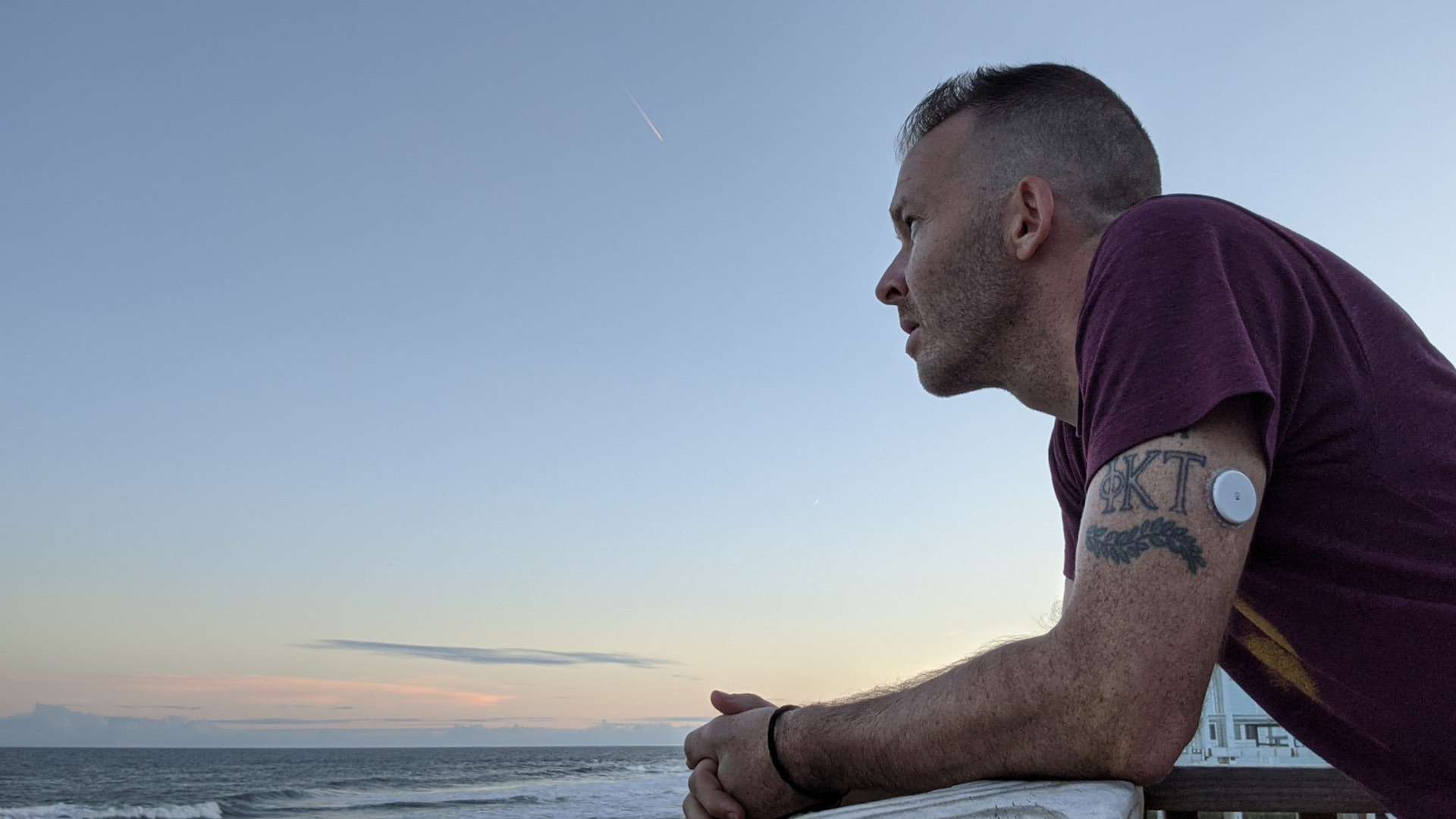
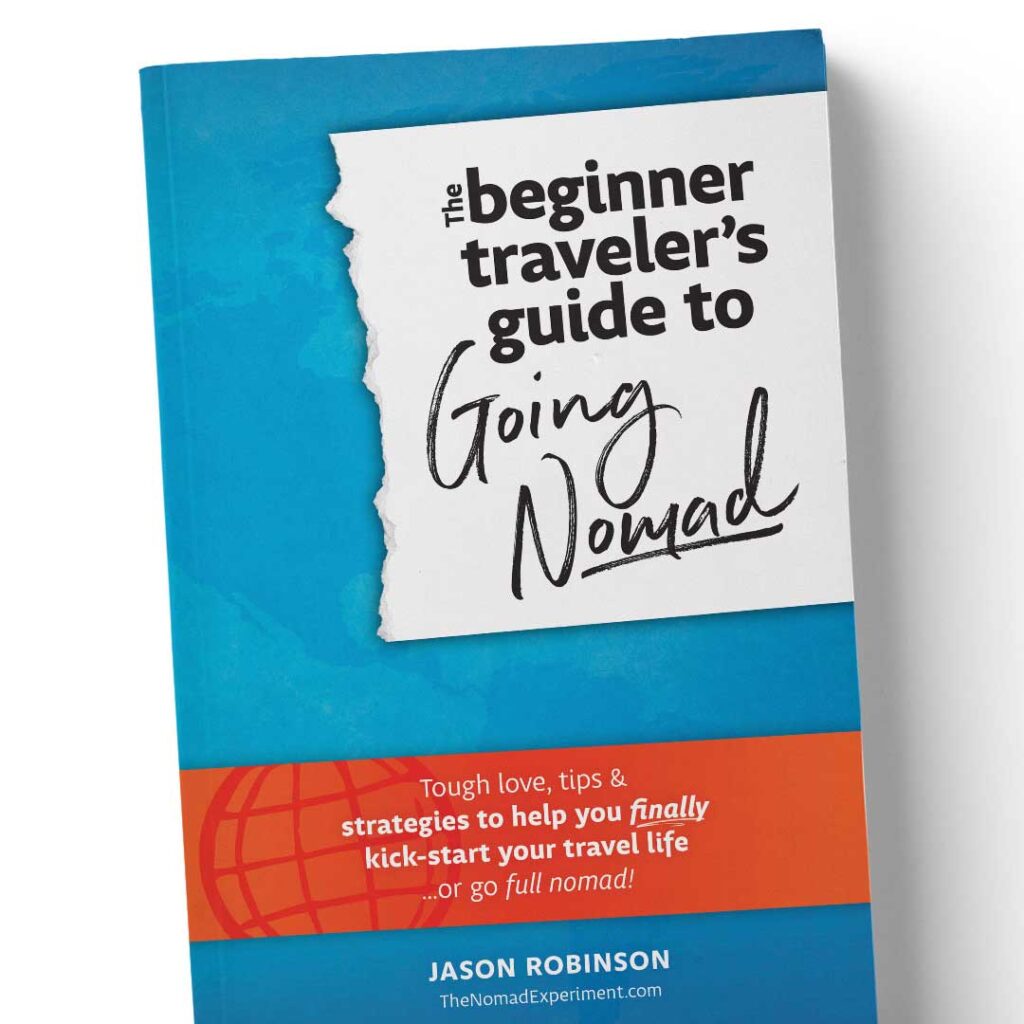
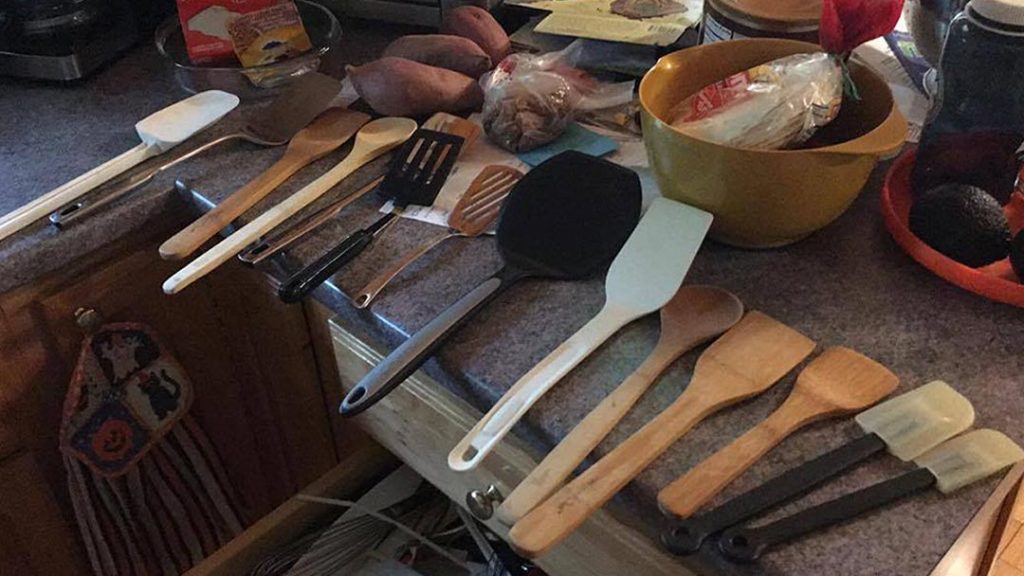
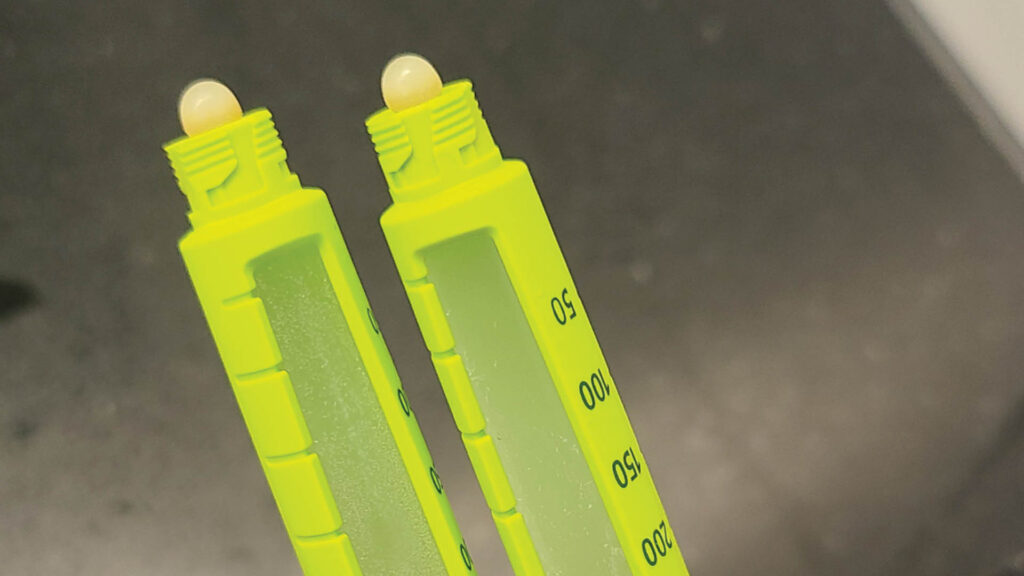
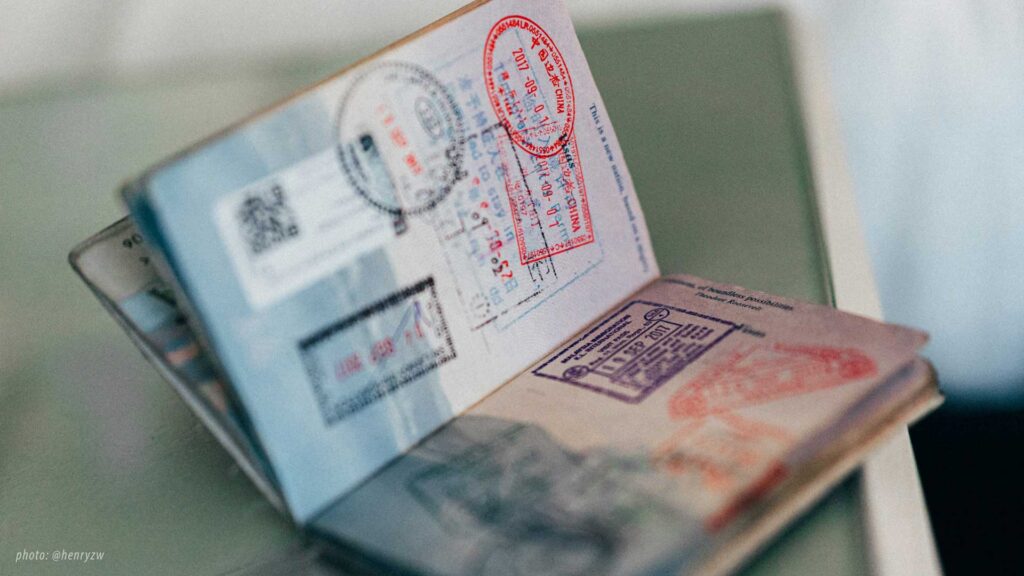
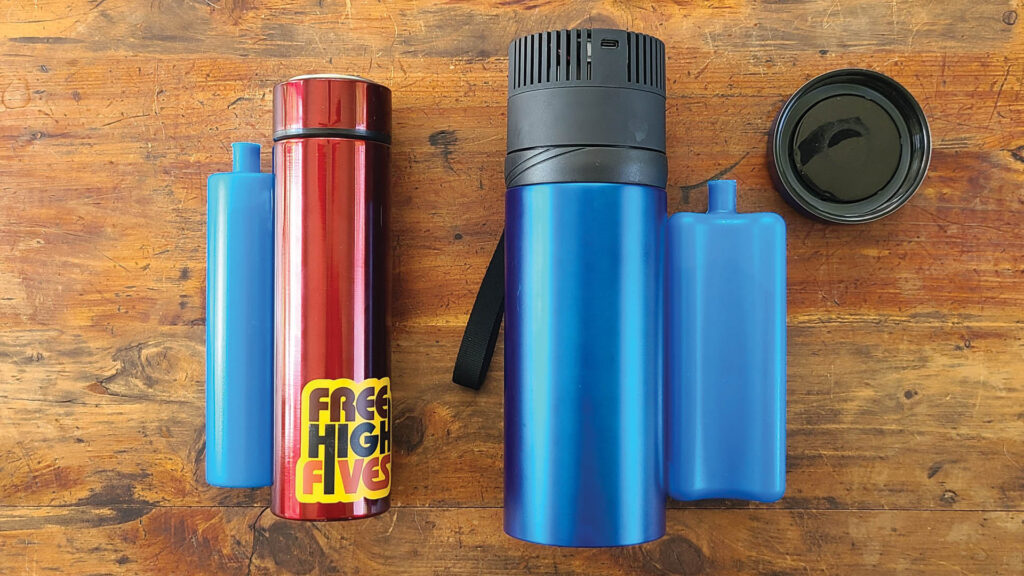

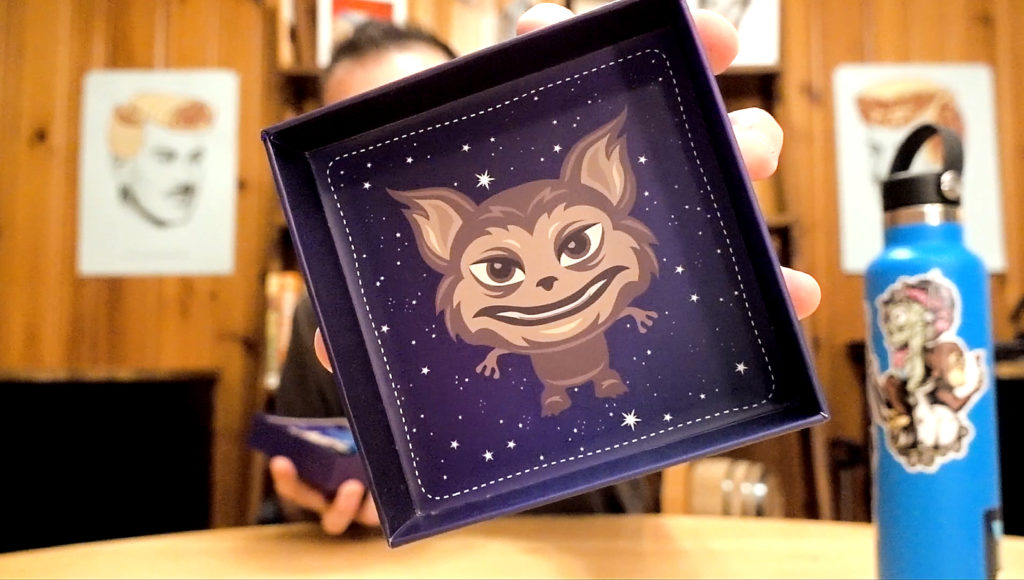
Hi Jason. I’m not sure why I landed here but we have a couple of friends in common, and it seems the diabetic journey in common as well. I was diagnosed type 1 at age 41. To say it’s been a ride is an understatement! I enjoyed reading your article and found it insightful and right on. Will subscribe and look forward to seeing more of how your story parallels (or doesn’t) mine. 😊
Hey Katie! Well, sorry to know you’re in the same boat, but glad what I’m writing is “right on.” Thanks. Hope things are going well for you! Yes, please keep in touch. Need more voices in conversations like this so we can normalize it and spread the word to help others! Cheers Katie!